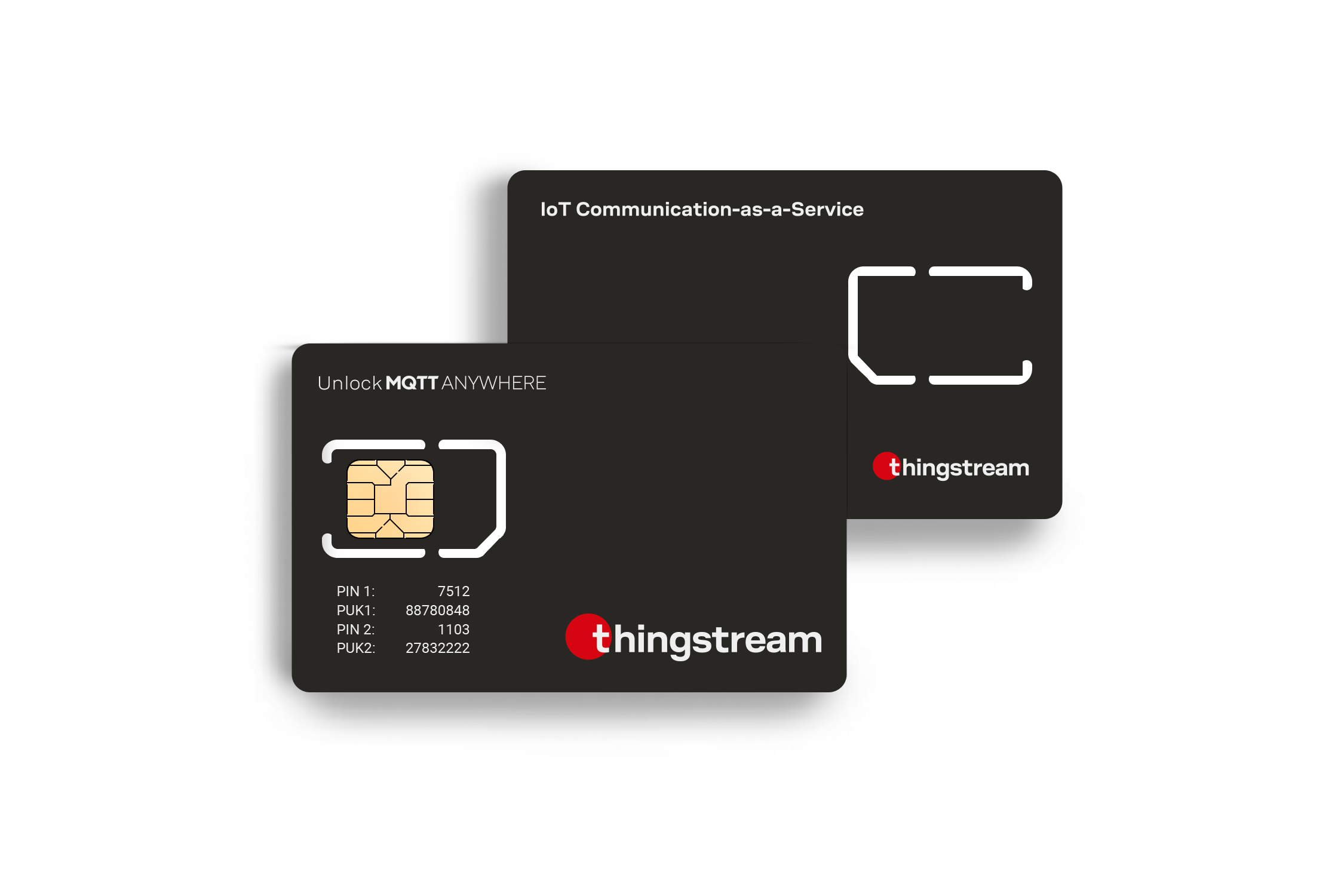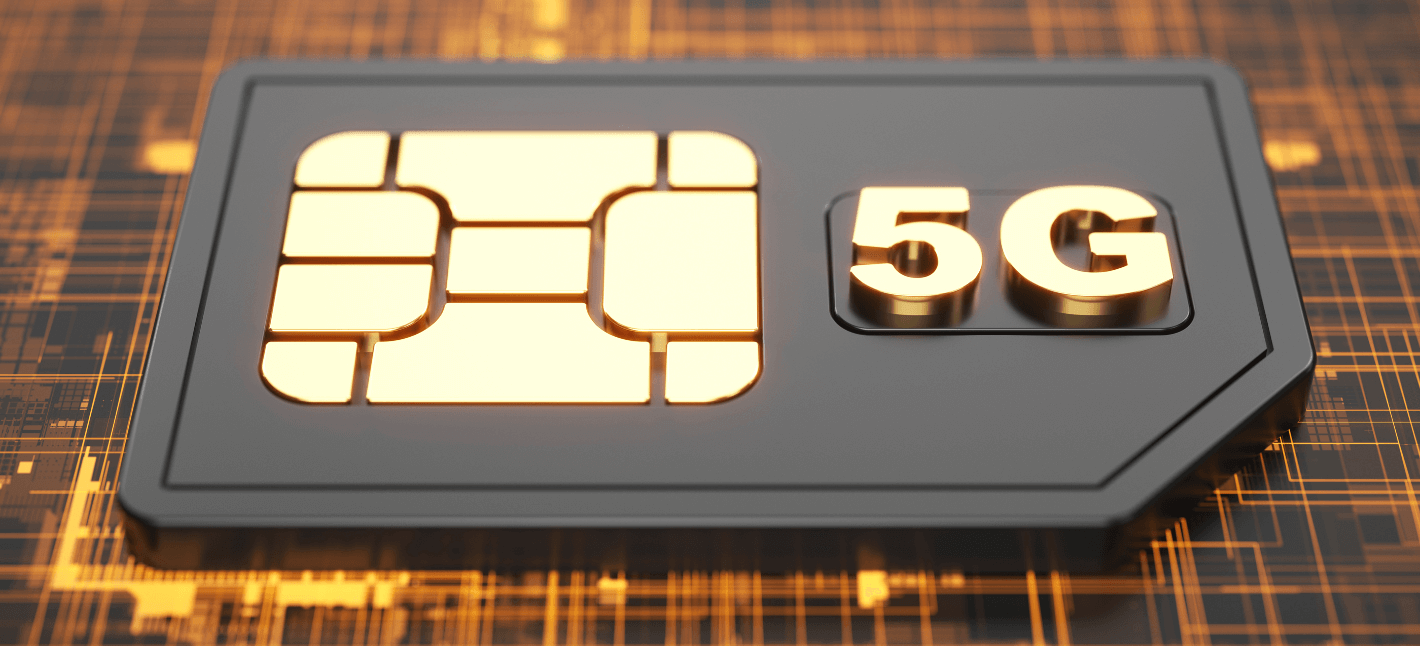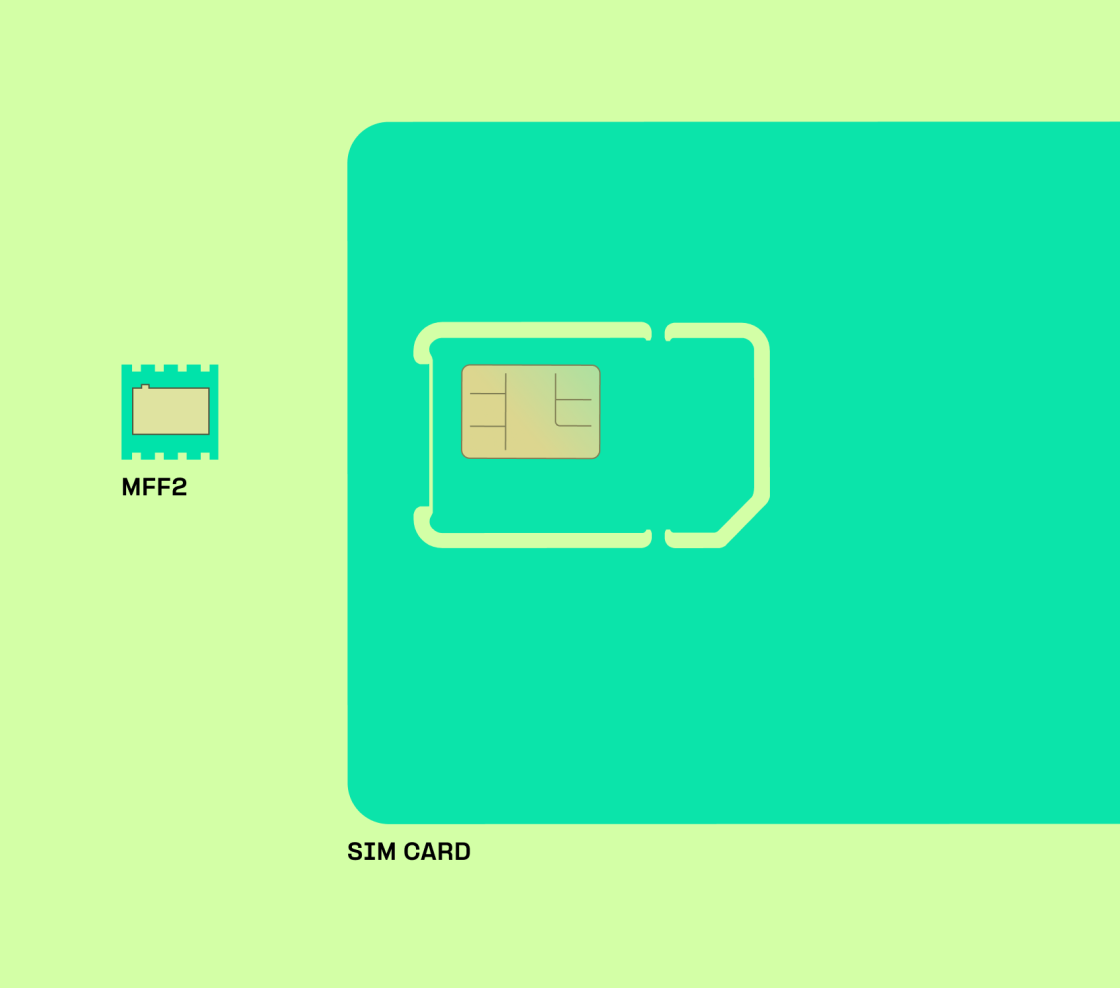It Remote Monitoring Software Solutions for Remote Asset Monitoring
Iot Remote Monitoring Solution Management and Monitoring with IoT
The panorama of the Internet of Things (IoT) is marked by a mess of connectivity standards and protocols designed to facilitate communication between units, applications, and companies. Each standard addresses particular needs and scenarios, making it important to check these protocols based mostly on factors like scalability, range, energy consumption, and software suitability.
IoT connectivity standards encompass a wide array of technologies, together with Bluetooth, Zigbee, MQTT, CoAP, LoRaWAN, and cellular protocols similar to LTE and 5G. Understanding the strengths and weaknesses of these standards can information businesses and builders in deciding on the best solution for his or her purposes, in the end impacting the efficiency and effectiveness of their IoT ecosystems.

Bluetooth is a extensively adopted standard recognized for its short-range connectivity. Bluetooth Low Energy (BLE) presents decrease energy consumption, making it suitable for battery-operated units. This protocol is particularly effective for shopper IoT purposes, similar to health trackers and smart house units. However, its restricted vary could be a vital disadvantage for purposes that require long-distance communication.
Remote Iot Monitoring Solution Essentials of Remote Monitoring Platforms
Zigbee, another well-liked IoT protocol, is well-suited for mesh networking. This permits devices to communicate over higher distances by relaying information between nodes. It operates on low energy and is often used in smart lighting and residential automation techniques. Zigbee's energy lies in its ability to support numerous gadgets inside a network, making it ideal for smart building purposes.
On the opposite hand, MQTT (Message Queuing Telemetry Transport) is a light-weight messaging protocol designed particularly for low-bandwidth and high-latency networks. It excels in scenarios where real-time communication is crucial, similar to in remote sensor networks or machine-to-machine (M2M) communication. MQTT is designed for environment friendly message supply, making it a best choice for IoT functions that require instant information transmission.
CoAP (Constrained Application Protocol) is one other messaging protocol tailored for constrained devices on lossy networks. It is often used in applications with strict requirements regarding power usage and data overhead. CoAP operates over UDP, which enables low-latency communication, making it ideal for real-time data transfer in smart city applications and industrial automation.
Remote Monitoring Using Iot Insights from IoT Monitoring Reports

LoRaWAN (Long Range Wide Area Network) serves a special purpose, targeting low-power, long-range communication. It is especially efficient for IoT purposes that need to cowl giant geographic areas, such as agricultural sensors or city-wide monitoring techniques. LoRaWAN networks can help thousands of gadgets, offering scalability that many different protocols might lack.
Cellular networks, particularly LTE and 5G, present a strong connectivity option for IoT gadgets requiring high bandwidth and low latency. 5G is designed for massive IoT implementations with low latency, enabling real-time communication for purposes such as autonomous autos and smart healthcare. However, the value of cellular connectivity could be prohibitive for smaller projects, making it important to evaluate the price range alongside technical requirements.
Security is one other critical consideration within the comparability of IoT connectivity standards. Each protocol has its own method to knowledge encryption and gadget authentication. MQTT, for example, can profit from SSL/TLS encryption, while CoAP presents Datagram Transport Layer Security (DTLS). Ensuring robust safety measures is vital, notably in eventualities involving sensitive information, such as health monitoring.
Interoperability is a big problem in the IoT area, as myriad devices and platforms typically make the most of different protocols. Ensuring compatibility between numerous systems can complicate implementation. Some standards, similar to Zigbee and MQTT, present bridges or gateways that facilitate interoperability with other protocols, enabling more seamless integration inside an IoT ecosystem.
It Remote Monitoring Software What is IoT Remote Monitoring?
Latency and bandwidth requirements range significantly among completely different purposes. Low-bandwidth, high-latency functions like smart agriculture might discover success with LoRaWAN, while real-time applications similar to video surveillance may necessitate high-speed connectivity supplied by 5G. The choice of Resources connectivity protocol should align with the particular necessities of the application in query to foster optimal efficiency. Remote Monitoring Using Iot.
Environmental elements additionally play a role in figuring out the most appropriate connectivity standard. Urban environments could present challenges for protocols like LoRaWAN as a outcome of obstruction and interference, while BLE might struggle with distance in large-area deployments. Understanding the bodily environment in which the units will function is critical for making certain dependable connectivity.
Remote Monitoring Using Iot Best IoT Monitoring Software 2024
Deployment scenarios, whether or not they involve city, rural, or industrial settings, significantly influence the selection of connectivity standards. Industrial environments often necessitate protocols that may handle high-bandwidth information streams, while smart residence purposes could prioritize low-power solutions. Different settings will dictate the parameters of the IoT deployment, necessitating a tailor-made strategy.
In conclusion, the comparability of IoT connectivity standards and protocols reveals a diverse array of choices, each with its distinct advantages and trade-offs. Understanding the precise wants of an application, together with distance, power consumption, and knowledge transmission requirements, is crucial in deciding on probably the most acceptable standard. The trends within the evolving landscape highlight the importance of seamless communication, robust safety, and interoperability to create cohesive and environment friendly IoT ecosystems. As know-how continues to advance, the necessity for adaptable and scalable solutions becomes much more pronounced, guiding future developments in IoT connectivity.
- Various IoT connectivity standards, such as Zigbee, Z-Wave, and LoRaWAN, cater to totally different utility needs, with Zigbee focusing on short-range low-power communication and LoRaWAN emphasizing long-range capabilities.
- Bluetooth Low Energy (BLE) is perfect for functions requiring quick system pairing and minimal energy consumption, making it appropriate for wearables and short-range smart residence devices.
Remote Monitoring IoT Maintenance and Monitoring Solutions
- Cellular IoT standards like NB-IoT and LTE-M are tailor-made for units demanding wider coverage with community reliability, ideal for agricultural and transportation sectors.
- MQTT and CoAP are outstanding application layer protocols for IoT, where MQTT excels in light-weight message transport while CoAP is designed for constrained environments with decrease overhead.
- Security remains an important differentiator amongst protocols; for example, Zigbee employs AES encryption, whereas standards like LoRaWAN use end-to-end encryption to protect information integrity.
Iot Remote Monitoring And Control Basics of IoT Remote Monitoring
- Some connectivity standards prioritize scalability; for instance, Thread helps mesh networking, allowing multiple gadgets to communicate and not using a central hub, enhancing community resiliency.
- The power consumption profiles of protocols can range: LoRaWAN is very energy-efficient for low-frequency updates, while protocols like Wi-Fi require extra substantial power, making them much less suitable for battery-operated gadgets.
- Different protocols might offer various degrees of interoperability; standards like AllSeen Alliance goal to create a unified ecosystem, while others would possibly require specific gateways or bridges for cross-standard communication.
(Iot Revolution Technologies)
- The choice of protocol typically is determined by environmental concerns, with standards like Zigbee performing well in indoor settings as a outcome of its robust anti-interference capabilities in comparability with others like LoRaWAN, which is better suited to rural applications.
What are the primary IoT connectivity standards?
Iot Global Enhancing Efficiency with IoT Monitoring
The major IoT connectivity standards embrace MQTT, CoAP, HTTP, LoRaWAN, Zigbee, and NB-IoT. Each standard serves specific use circumstances, with various degrees of effectivity, power consumption, and vary, catering to numerous IoT applications.
How do I select the best protocol for my IoT application?
It Remote Monitoring Software Secure Remote Monitoring of IoT Devices
Selecting the suitable IoT protocol depends on elements like knowledge volume, energy consumption, latency necessities, and community topology. Analyzing these elements alongside the precise operational environment will guide you towards the most suitable option.
What are the differences between LPWAN and traditional wi-fi protocols?
LPWAN (Low Power Wide Area Network) protocols, like LoRaWAN and NB-IoT, focus on long-range communication with low energy consumption, making them best for battery-operated units. In distinction, conventional wireless protocols like Wi-Fi and cellular supply larger bandwidth and faster connectivity, but they eat more energy and have shorter ranges.
Is safety a big concern in IoT connectivity standards?
Remote Monitoring Using Iot Implementing Remote Monitoring for IoT Devices
Yes, security is paramount in IoT connectivity. Protocols like MQTT and CoAP incorporate safety features like authentication and encryption. It's important to grasp these options when selecting a protocol to ensure data protection remote monitoring solutions and device integrity.
Can multiple protocols be used in a single IoT deployment?
Absolutely. Many IoT deployments utilize a combination of protocols to optimize performance and coverage. For instance, you would possibly use LPWAN for long-range sensor information and Wi-Fi for native, high-bandwidth communication.
What are some nice advantages of using MQTT over CoAP?
Remote Monitoring Solutions Open Source IoT Device Management
MQTT is designed for high-throughput messaging and low bandwidth, making it suitable for environments with frequent updates. CoAP, however, is optimized for constrained gadgets and networks, making them a better fit for certain functions. Choosing between them depends on specific software requirements.

How does network structure influence IoT protocol choice?
Network structure affects protocol alternative by dictating elements like vary, scalability, and connectivity. A centralized architecture may profit from protocols like HTTP, while a decentralized structure may lean towards MQTT or CoAP for environment friendly message routing.
Are there future tendencies in IoT connectivity standards?
Remote Monitoring Solutions Revolutionizing Patient Monitoring with IoT
Yes, future tendencies include elevated adoption of 5G expertise, enhanced safety measures, and interoperability between existing and new protocols. Emerging standards like Matter aim to unify IoT gadgets, making integration and communication extra seamless across platforms - Iot Remote Monitoring And Control.